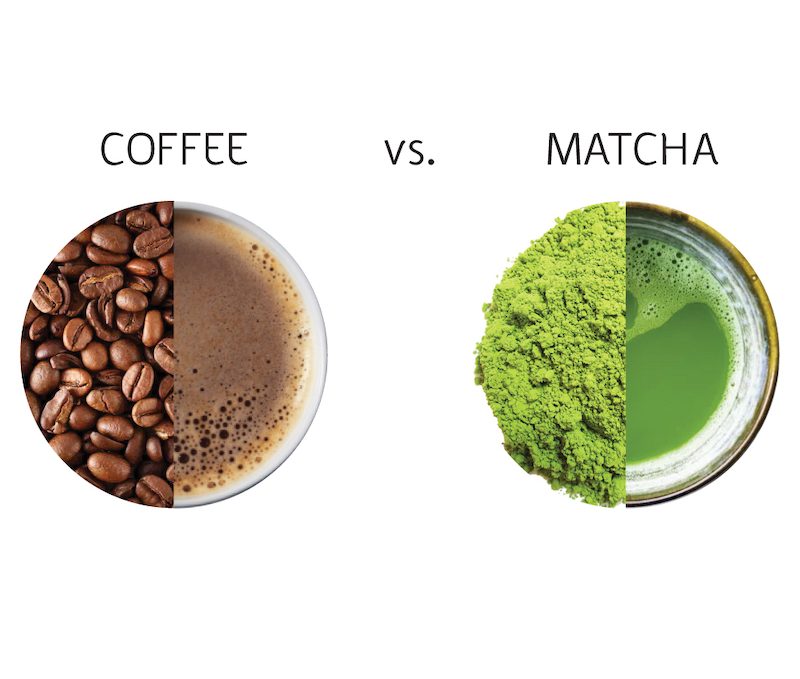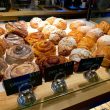
Walk into any grocery store or coffee shop and you’ll find a wide variety of matcha and coffee blends. But what’s the difference between these two popular drinks? And how do you decide which one is right for your business?
Matcha is a trending variety around the world and is sold in most places either individually or with coffee brands. Let’s take a look at the main differences and similarities between both drinks.
Matcha Caffeine vs. Coffee Caffeine
Like coffee, matcha’s caffeine content depends on several factors, including: Brewing methods, additive concentrations, and how ingredients are made. Although tea generally contains less caffeine than coffee, matcha is still a powerful source of energy and alertness compared to other teas. One-half teaspoon of finely ground powder contains 35 milligrams of caffeine.
This makes matcha a clear winner over coffee for those following a decaffeinated lifestyle, but it’s also a great option for tea lovers looking to add a bolder flavor.
Common Advantage
Matcha and coffee work well on their own or in mixed drinks that combine the benefits and flavors of both. Consider the following common benefits:
• Health:
Like coffee, matcha is healthy in its basic form without additives such as cream and sugar. Both are rich sources of antioxidants and packed with healthy molecules. It can also be used as a low-calorie alternative when you want a hot beer.
- Popularity:
Coffee is a staple of American culture, but the trend has made matcha a household name among producers and makers.
- Useage:
Both coffee and matcha are versatile. Customers can use it in hot and cold mixed beverages, in cooking and baking recipes, and as a flavoring option for ice creams, alcoholic beverages, and more.
Main Difference
The most noticeable difference between these two popular drinks is the bright green color of matcha, which contrasts and complements the warm brown tons of coffee. These visual differences are useful for creative packaging and displays.
Also consider the following differences:
• Taste:
Coffeehasarich,earthytaste,oftenaccompaniedbyfruityorchocolatenotes.Matchahasagrassyherbalflavorwithanuttyflavor.•
Preparation:
Coffee can be brewed in many different ways, each of which requires boiling water and some steeping. Matcha is sifted into a cup as a powder or pre-made paste, after which hot water is added and the drink is stirred. No special equipment required.
- Manufacturing:
Matcha comes from the same plant as green tea, but has different stages of growth and production. As with coffee, heat also plays an important role. Coffee is roasted to achieve its unique flavor, while matcha is steamed and dried, resulting in less variation in flavor and caffeine content.






